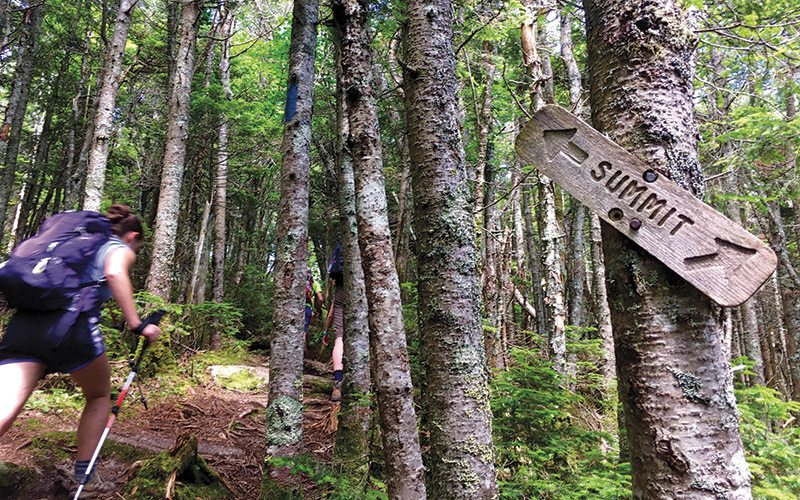


Need advice on choosing the best trekking poles for you? Follow this way!
A pair of trekking poles can transform you into a sure-footed, four-legged hiking machine—or a brush-snagging, hand-encumbered trail beast. Here’s what to consider as you evaluate the options for trekking pole use, features, and functionality.
POLES OR NO? IT DEPENDS
Trekking poles are a boon in many hiking situations. By adding two additional points of contact with the ground, they improve stability when navigating rough and uneven terrain, crossing a rushing river, shouldering heavy loads, or snowshoeing through deep powder. They also activate your upper body muscles and help reduce strain and pressure on your knees, especially on descents. One oft-cited study in the 1999 Journal of Sports Sciences found that using poles on a 25-degree downhill grade decreases the compressive force on the knees by 12 to 25 percent.
But trekking poles are far from optimal in other situations. They provide minimal benefits on gentle or flat ground. They are lousy for hiking through dense brush, where they can snag surrounding foliage. And they are cumbersome if you’re scrambling over challenging terrain that requires the use of your hands. In these situations, as well as times when trekking poles could damage the surrounding landscape, such as in mud season, they are better left at home or strapped to your pack.
MATERIALS, WEIGHT, PRICE
As you consider trekking pole materials, you have two primary choices: aluminum or composite. Aluminum is durable, less expensive, and you can restraighten it if it gets bent. Composite versions, which consist primarily of carbon fiber, are lighter but more expensive and can crack irreparably under duress.
A typical pair of aluminum poles weighs roughly 18 to 22 ounces and will cost $70 to $150, depending on features. Carbon fiber poles tip the scales between 12 and 18 ounces per pair and cost between $140 and $200.
HANDLES AND STRAPS
After choosing your preferred material, next evaluate the handles. Four options exist: cork, foam, hard plastic, and rubber. Cork will mold to your hand over time and is generally the most comfortable, but priciest, option. Foam provides a sure grip, handles moisture well, and insulates better during cold-weather use. Hard plastic or rubber is cheapest but can chafe and become slick with sweat during prolonged use in warm conditions.
Wrist straps attach to the handles and are essential for reducing fatigue in your hands and effectively transferring weight to your upper body. For sustained comfort over longer hikes, look for lightly padded options that can be easily loosened or tightened.
LOCK AND LENGTH
Most poles consist of three separate sections that you lock in place. There are three common types of locking mechanisms: twist lock, lever lock, and push-button. Twist locks increasingly have been supplanted by the more durable and reliable lever-lock systems, which feature external clips on the outside of the poles. The push-button option is found mainly on fixed-length, foldable poles; these separate into sections, like a tent pole, with the push-button locking or releasing them as needed.
Most trekking poles are adjustable and should be set so that your arms form a 90-degree angle when holding the poles straight up and down. Depending on the terrain, you may want to make the poles shorter (for steep ascents) or longer (for downhill drops). Lightweight, fixed-length poles do exist; you’ll need to size them based on your height.
OTHER FEATURES
Evaluate packability by checking the collapsed length of the poles: Shorter is generally better, especially for lashing to day packs. Most poles hover in the 24- to 27-inch range when fully collapsed, with some foldable poles breaking down to as little as 15 inches. Some poles feature a spring-loaded shock absorber, meaning the pole compresses slightly when bearing weight, but this is generally more gimmick than function and not worth the extra money. Lastly, check to see how easy it is to switch the baskets (the plastic disks located just above the end of the poles), especially if you’ll want to swap in a larger snow basket for winter use.
 Help protect the last snow-covered landscapes by supporting AMC's critical climate research and conservation advocacy.
Help protect the last snow-covered landscapes by supporting AMC's critical climate research and conservation advocacy.